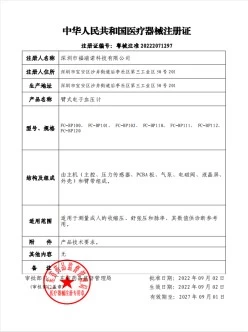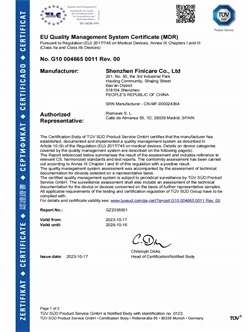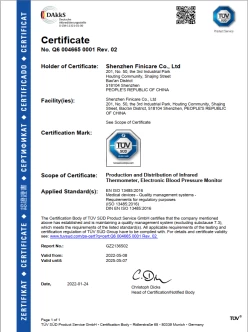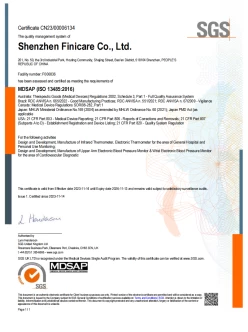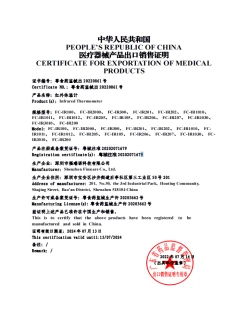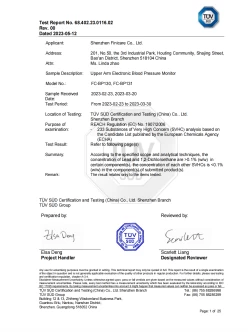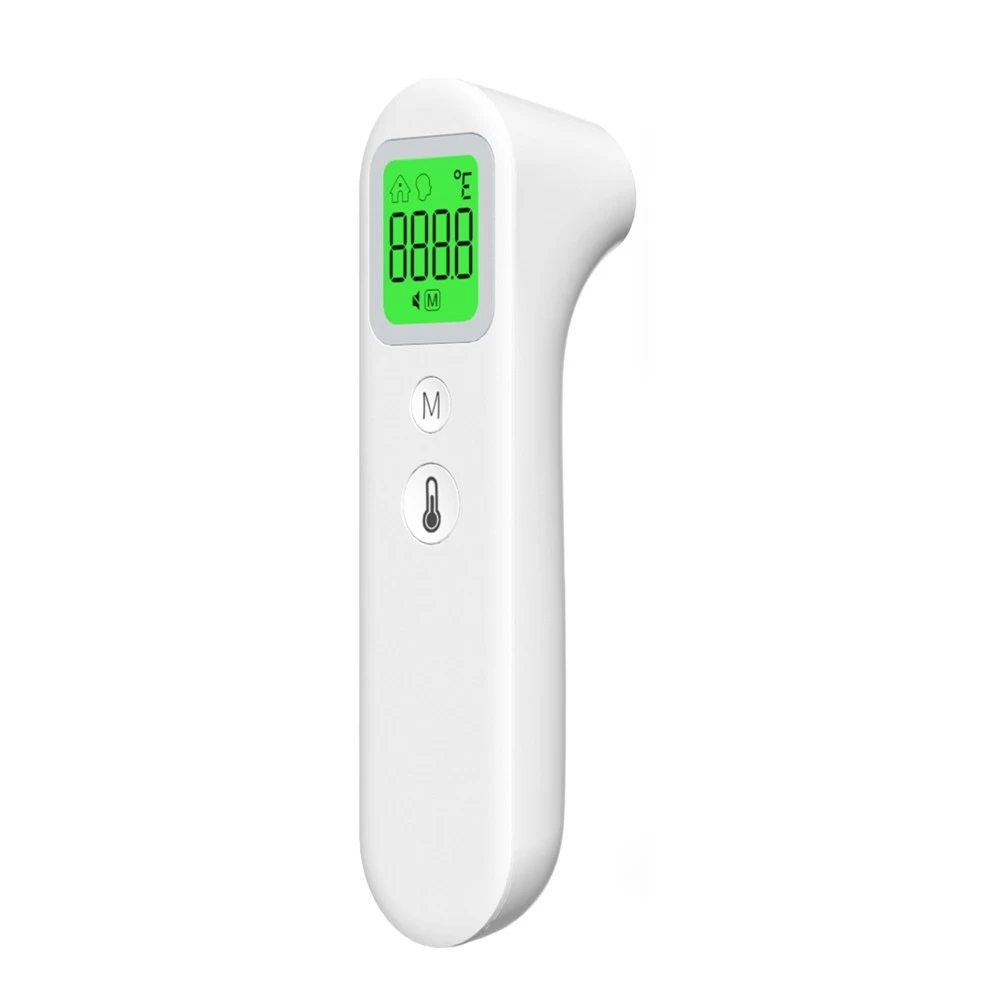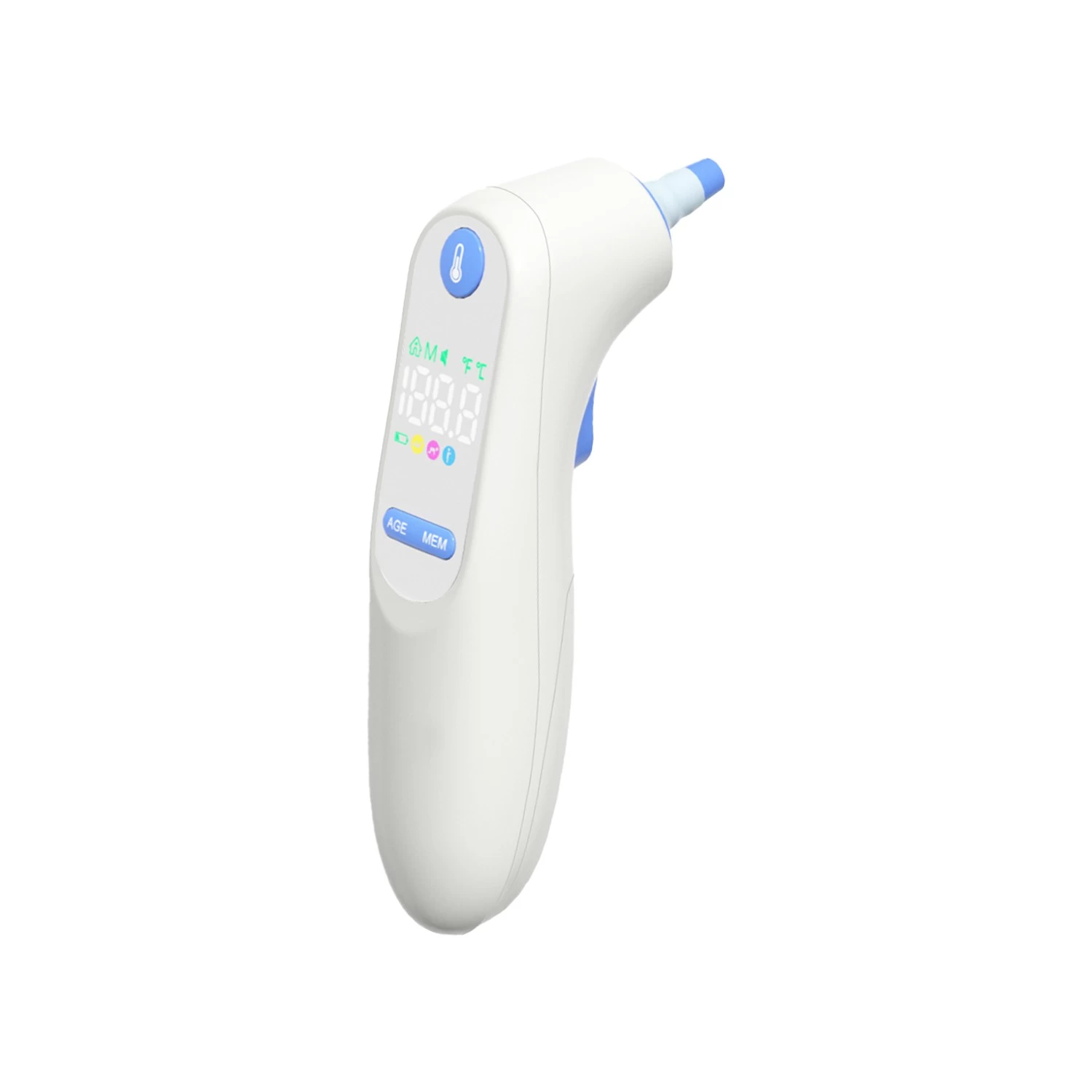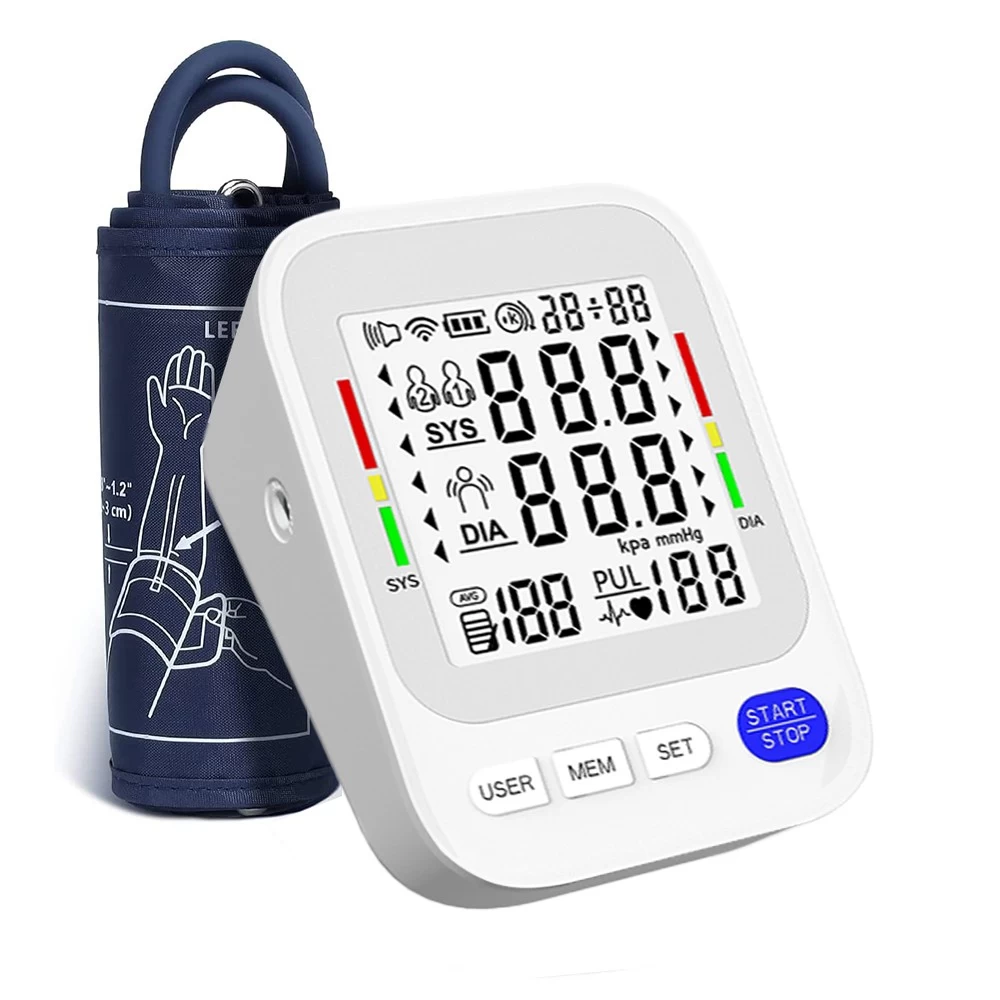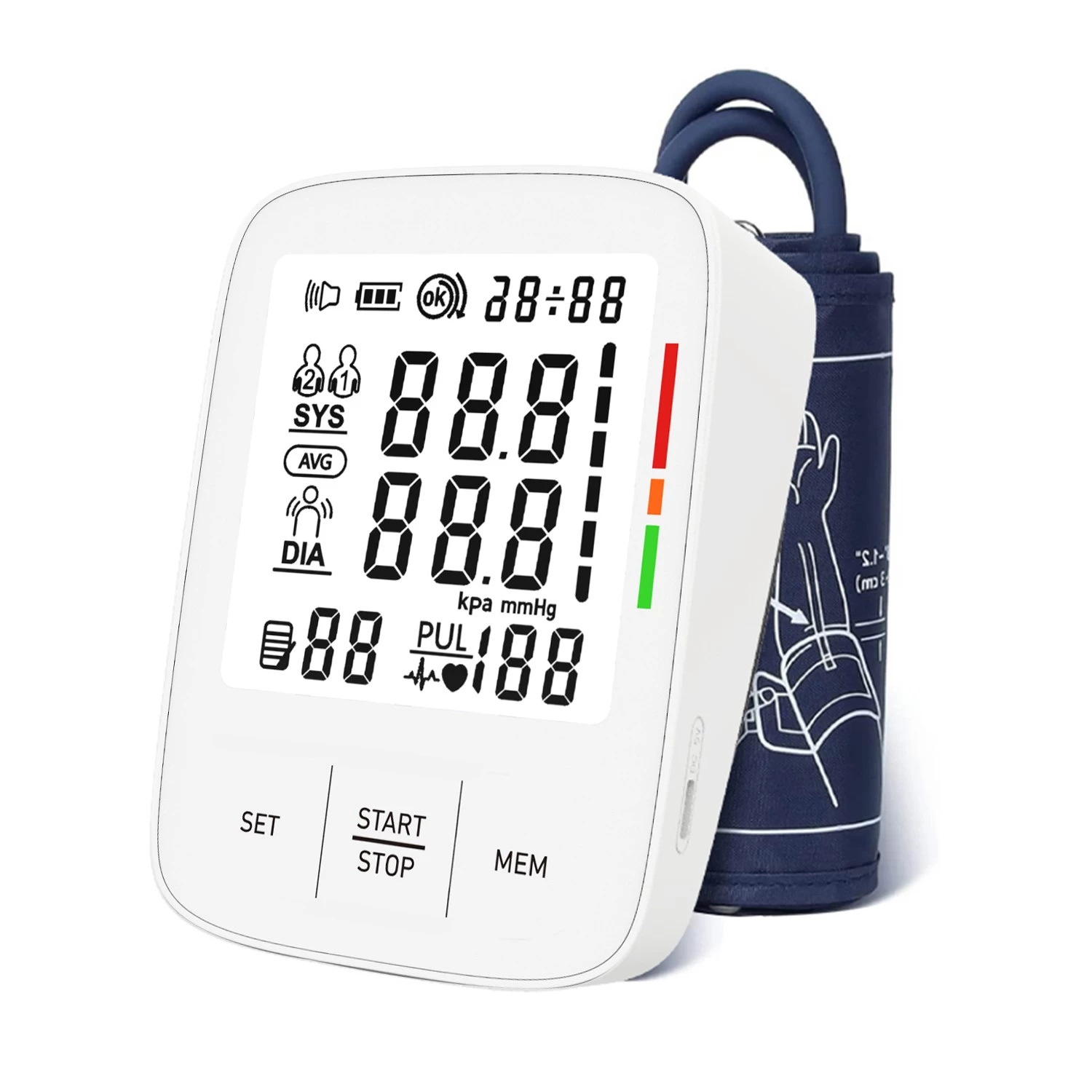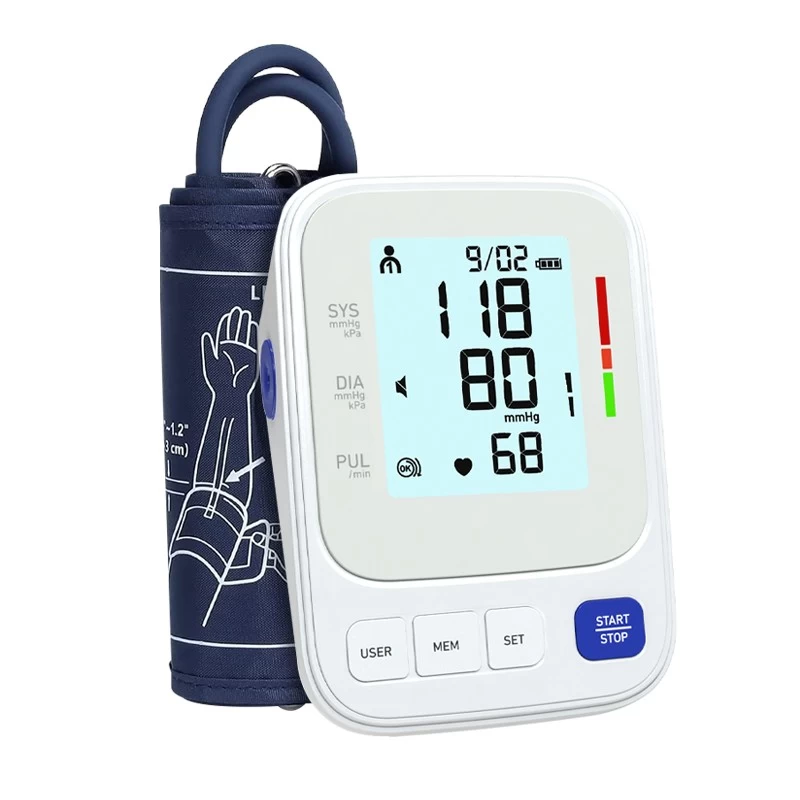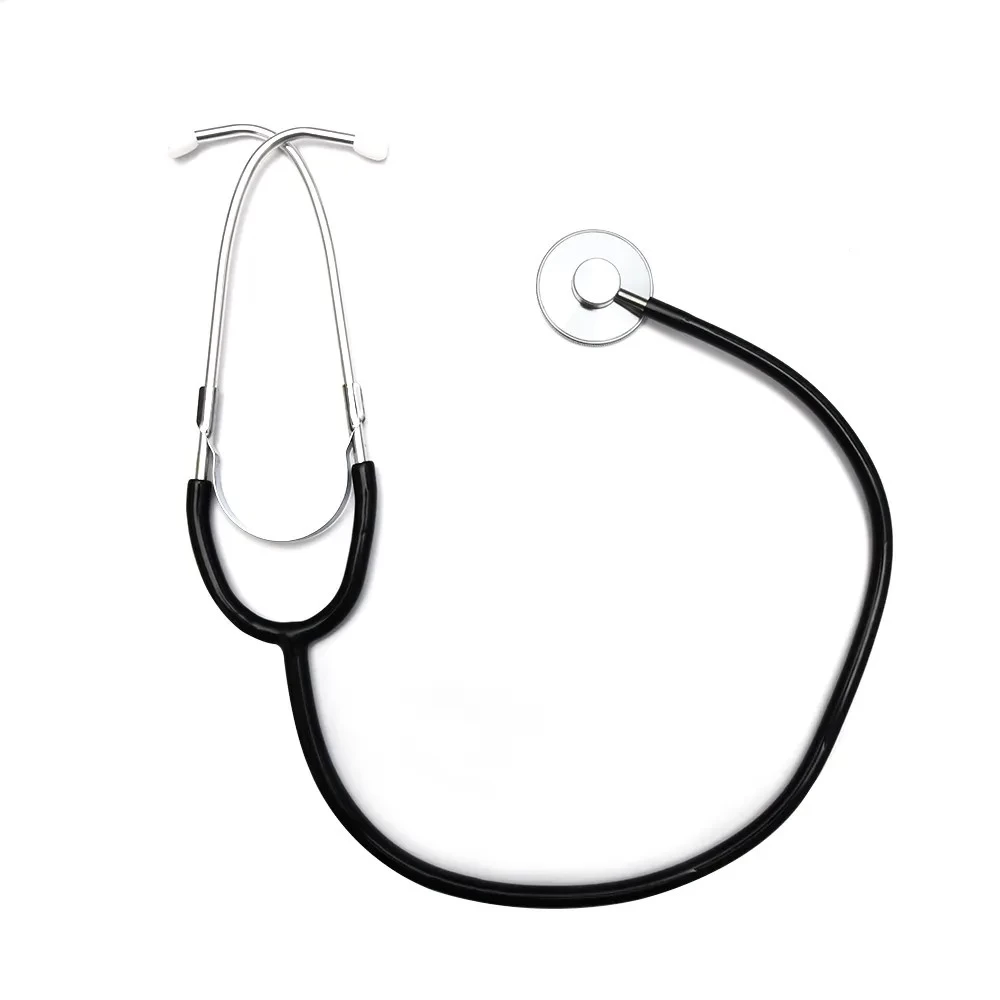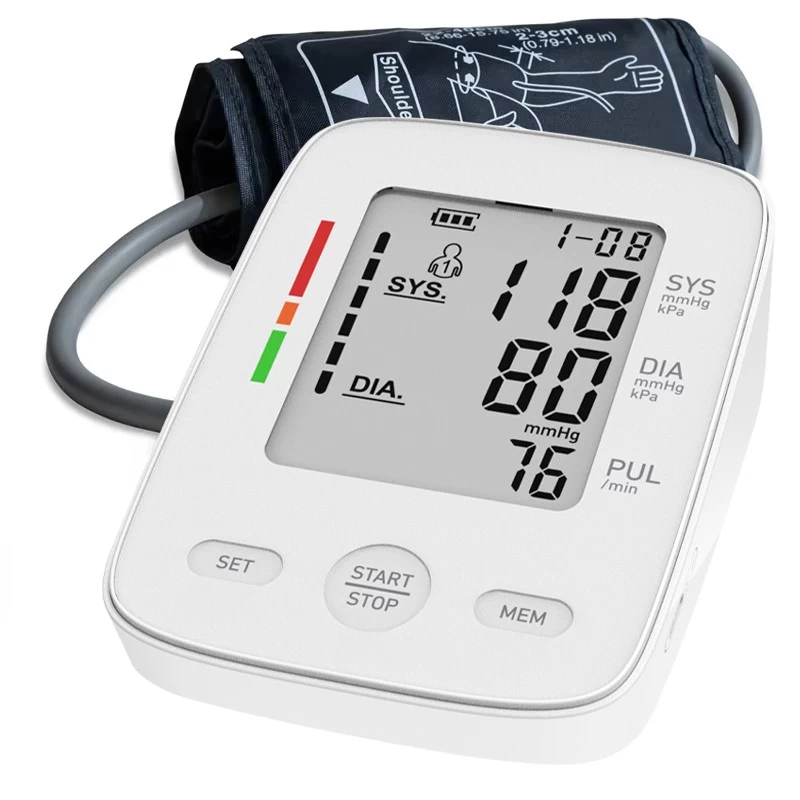How to use an upper arm electronic blood pressure monitor at home
How to use an upper arm electronic blood pressure monitor at home:
detailed guidelines and dietary recommendations

__________________________________________________________________
A. Steps to use an upper arm electronic blood pressure monitor correctly
1. [ Preparation ]
a. Environment and physical condition: Sit and rest for at least 5 minutes in a quiet and comfortable environment before measuring, avoid smoking, drinking, drinking coffee or strenuous exercise to reduce the interference of external factors on blood pressure.
b. Equipment inspection: Make sure the blood pressure monitor is fully charged, the cuff is not damaged, and calibrate the equipment regularly (recommended once a year).
2. [ Measurement posture ]
a. Sitting posture requirements: back close to the back of the chair, feet flat on the ground, arms naturally placed on the table or stand, at the same level as the heart. Arms hanging in the air or placed on the knees will cause high blood pressure readings.
b. Arm selection: It is recommended to use a non-dominant arm (such as the left arm) to avoid tight clothing affecting the measurement.
3. [ Correctly wear the cuff ]
a. Cuff position: Wrap the cuff around the upper arm, with the lower edge 2-3 cm away from the elbow, ensure that the trachea is located on the inside of the arm, and the tightness should be suitable for inserting a finger. A cuff that is too tight will result in a high reading, while a cuff that is too loose will result in a low reading.
b. Bare arm: Avoid measuring through clothing to ensure that the sensor is in direct contact with the skin.
4. [ Measurement process ]
a. Start the device: After pressing the start button, keep your body still and avoid talking or moving your arm. The blood pressure monitor will automatically inflate, deflate, and display the result.
b. Repeated measurement: It is recommended to measure twice with an interval of 1-2 minutes, and the lower value will prevail. Multiple measurements in a short period of time may cause blood pressure fluctuations due to anxiety.
5. [ Record and interpret results ]
a. Data recording: Record systolic blood pressure (high pressure), diastolic blood pressure (low pressure) and heart rate. It is recommended to use a health management app or paper log for long-term tracking.
b. Normal range: The American Heart Association (AHA) recommends that normal blood pressure is systolic blood pressure <120 mmHg and diastolic blood pressure <80 mmHg. If multiple measurements are higher than 130/80 mmHg, consult a doctor.
__________________________________________________________________
B. Common mistakes and how to avoid them
1. Improper posture: Unsupported arms or arms above heart level can lead to high readings. Use a stable table or special stand to assist.
2. Incorrect cuff size: Choose a cuff based on upper arm circumference (standard adult cuffs are suitable for arms 22-32 cm in circumference). Size errors may deviate by 5-10 mmHg.
3. Incorrect measurement time: Avoid measuring within 1 hour after waking up in the morning or immediately after a meal. The best time is 6-10 am or 4-8 pm.
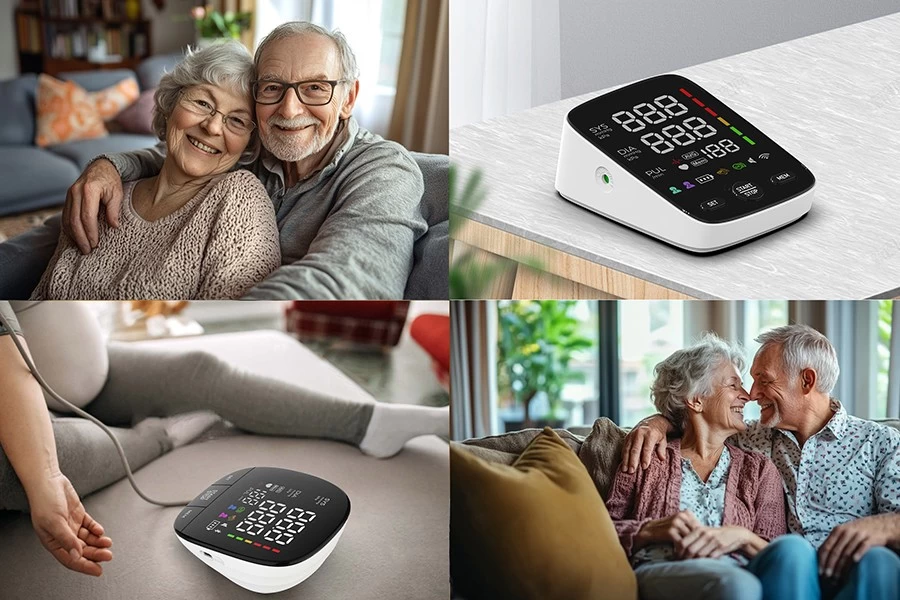
__________________________________________________________________
C. Dietary recommendations: The key to assisting blood pressure management
- Reduce sodium intake: Daily sodium intake should be less than 2300 mg (about 1 teaspoon of salt). Avoid processed foods, canned soups and fast food, and choose fresh ingredients711.
- Increase potassium, magnesium and calcium: Bananas, spinach, almonds and low-fat dairy products can help balance the effects of sodium and promote vasodilation11.
- Limit caffeine and alcohol: Avoid drinking coffee or alcoholic beverages 30 minutes before measurement, both of which may cause a temporary increase in blood pressure57.
- Adopt the DASH diet: The DASH diet (rich in whole grains, vegetables, fruits and low-fat protein) recommended by the National Institutes of Health (NIH) can effectively lower blood pressure7.
__________________________________________________________________
D. Long-term health management recommendations
1. pressure once a day in the morning and evening, and seek medical attention in time when the data fluctuates greatly.
- Lifestyle adjustment: Combine 150 minutes of moderate-intensity exercise (such as brisk walking and swimming) and stress-reducing activities (such as meditation) per week.
- Equipment maintenance: Avoid exposing the blood pressure monitor to high temperatures or humidity, and replace the battery regularly.
__________________________________________________________________
E. Precautions and medical communication
- If blood pressure is continuously higher than 130/80 mmHg or symptoms such as dizziness and chest pain occur, seek medical attention immediately.
- Share home monitoring data with your doctor to avoid adjusting medications based solely on a single measurement result.
__________________________________________________________________
Through standardized operation, scientific diet and long-term management, the upper arm electronic blood pressure monitor can become a reliable tool for family health monitoring. For more information, please refer to the official website of the American Heart Association (AHA) or consult your family doctor.

